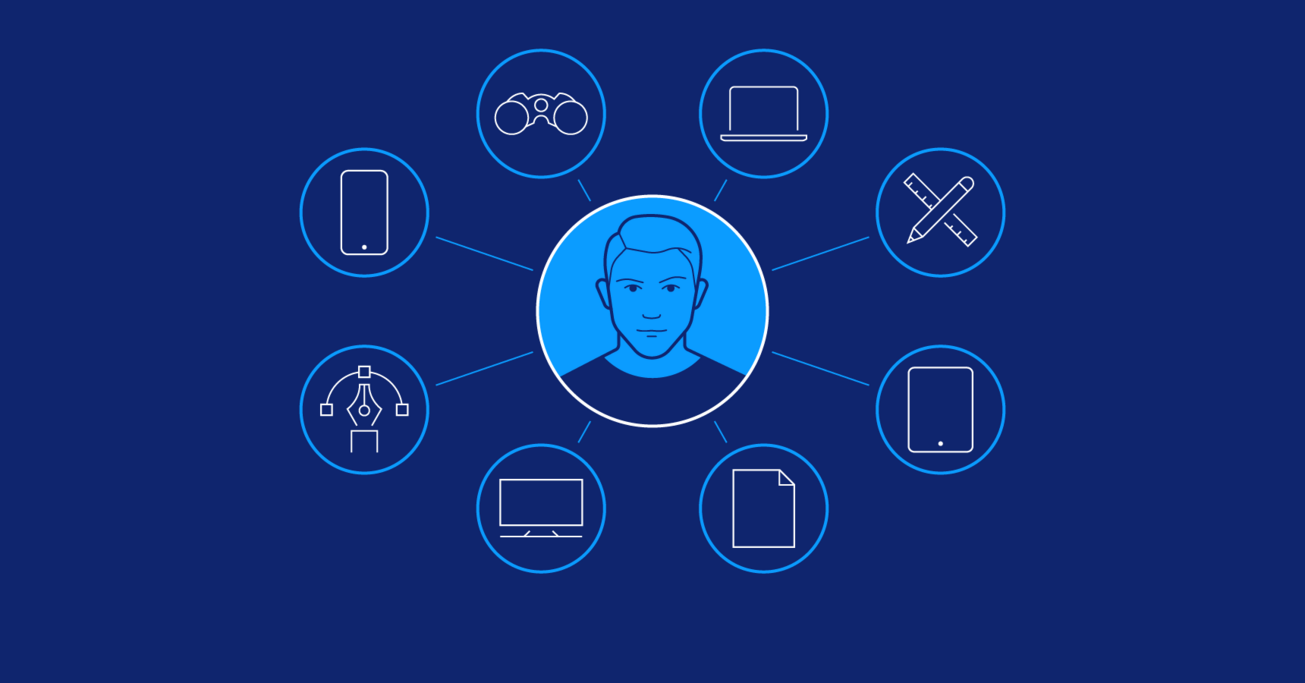
The Psychology of Web Design: Creating User-Centric Interfaces
danush
- 0
The Brain research of Website architecture: Making Client Driven Points of interaction
With regards to website architecture, style and usefulness are significant, however the genuine wizardry lies in grasping the brain research of clients. Making a client driven interface includes digging into the personalities of your crowd, expecting their ways of behaving, and fitting the plan to their necessities and assumptions. In this article, we investigate the key mental rules that drive successful website composition.
Visual Ordered progression and Consideration: People have a characteristic propensity to check web content in a F-molded design, zeroing in on titles, subheadings, and key visuals. Understanding this, creators decisively place significant data at the top and left sides of the screen, directing clients’ consideration where it makes the biggest difference. By utilizing differentiating colors, text dimensions, and whitespace successfully, architects can guide clients to fundamental substance.
Variety Brain science: Tones summon feelings and impact choices. Fashioners influence variety brain science to make an agreeable client experience. For instance, warm varieties like red and orange may be utilized to energize activity, while blues and greens inspire trust and smoothness. Be that as it may, social and individual relationship with colors likewise assume a part, making it essential to think about the interest group.
Mental Burden and Effortlessness: Individuals will generally lean toward basic and natural plans. Complex points of interaction overpower clients, prompting mental burden – the psychological exertion expected to deal with data. By embracing moderation, creators diminish mental burden and improve client commitment. Reliable route, clear names, and natural symbols add to a smoother client experience.
Social Verification and Trust: Clients frequently depend on meaningful gestures to simply decide. Consolidating social verification components like tributes, client surveys, and believe identifications can lay out believability and dependability. People are bound to draw in with content that others have seen as important, making social confirmation a useful asset in website architecture.
Shortage and Direness: The anxiety toward passing up a major opportunity (FOMO) drives client activities. Website specialists decisively use shortage and earnestness strategies – restricted time offers, commencement clocks, or low-stock cautions – to incite quick choices. Notwithstanding, moral use is critical; clients can without much of a stretch become distrustful on the off chance that they sense control.
Making a client driven interface implies perceiving that each plan decision can possibly influence client insight and conduct. By incorporating mental standards into website architecture, you upgrade the client experience as well as lay out a more profound association with your crowd.

